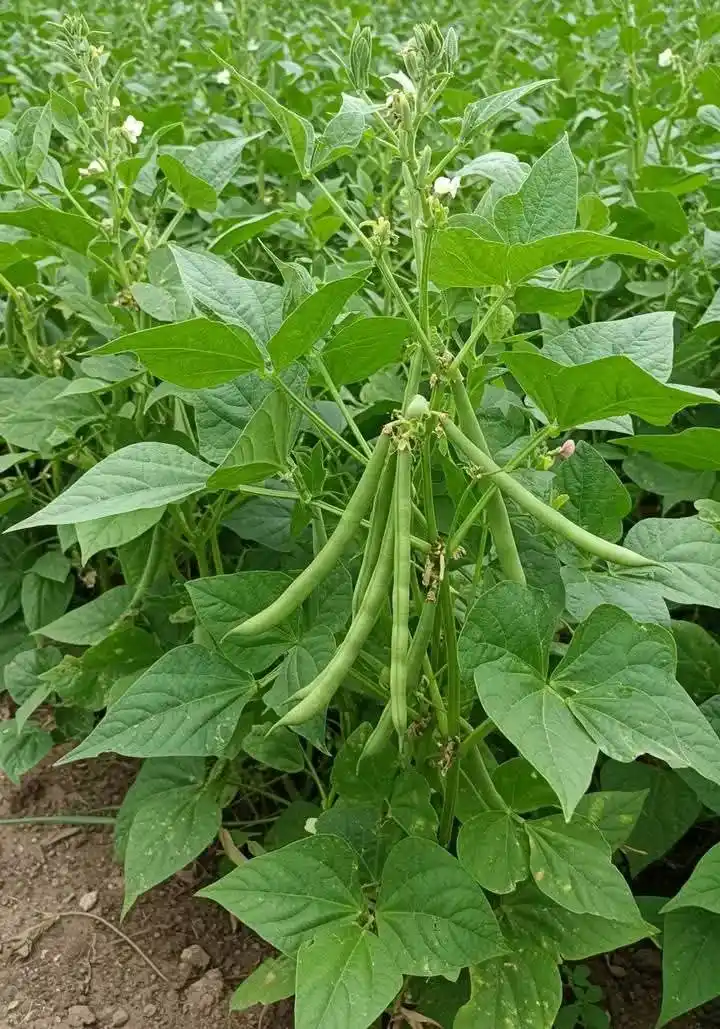
AGRONOMME🇷🇼
June 17, 2025 at 04:19 PM
𝗢𝗽𝘁𝗶𝗺𝗶𝘇𝗶𝗻𝗴 𝗬𝗼𝘂𝗿 𝗕𝗲𝗮𝗻 𝗙𝗮𝗿𝗺𝗶𝗻𝗴 𝗳𝗼𝗿 𝗠𝗮𝘅𝗶𝗺𝘂𝗺 𝗬𝗶𝗲𝗹𝗱 𝗮𝗻𝗱 𝗣𝗿𝗼𝗳𝗶𝘁𝗮𝗯𝗶𝗹𝗶𝘁𝘆
As the demand for nutritious and sustainable crops rises, bean farming presents a lucrative opportunity for both smallholder and commercial farmers. To achieve a successful and profitable bean harvest, consider these expert agronomic practices:
1. Site Selection & Soil Preparation
Choose well-drained soils with a pH between 5.5 and 7.0, avoiding acidic soils by applying lime if necessary. Prepare the land by incorporating 2–4 tons of compost or well-decomposed manure per acre to improve fertility and structure.
2. Seed Quality & Variety Choice
Use certified or quality-declared seeds to ensure uniform germination and vigor. Select varieties suited to your region and purpose—bush beans for quick harvests or climbing beans for higher yields with staking support.
3. Planting & Spacing
Plant seeds at a depth of 1.5 to 2 inches in rows spaced 50–60 cm apart. For bush beans, space plants 10–20 cm apart; for climbing beans, space plants 20 cm apart with stakes placed 2 weeks after emergence to support growth and reduce disease
4. Fertilization & Water Management
Beans fix nitrogen but benefit from balanced phosphorus and potassium fertilization. Maintain consistent soil moisture, especially during flowering, by applying about 1 inch of water weekly. Drip irrigation is ideal to prevent foliar diseases.
5. Weed, Pest & Disease Control
Implement integrated weed management using selective herbicides and manual weeding to maintain clean fields. Monitor for aphids, bean beetles, and fungal diseases like anthracnose, applying appropriate controls promptly.
6. Harvesting & Post-Harvest Handling
Harvest beans when pods are young and tender for fresh use or fully mature for dry beans. Proper drying and storage are critical to maintain quality and minimize losses.
By following these Good Agricultural Practices (GAPs), you can maximize yields, reduce costs, and ensure sustainable bean production.

❤
❤️
👍
🙏
4